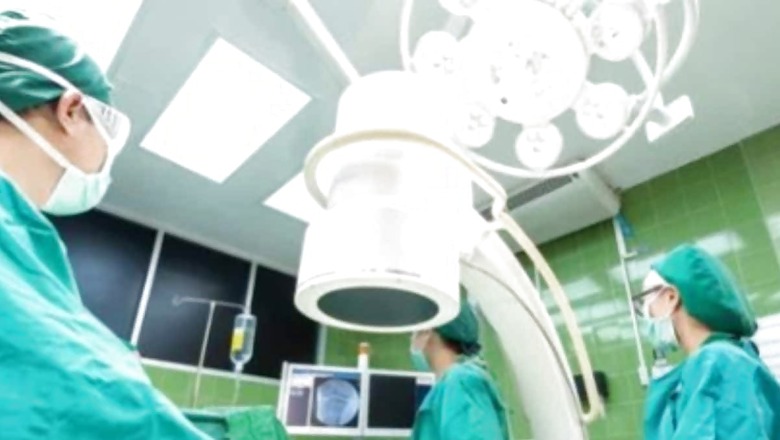
views
Chinese scientists have claimed they cured a 25-year-old woman suffering from a chronic condition of diabetes, by just using stem cell transplants. News agency PTI quoted Shanghai-based Chinese news outlet, The Paper, and stated the Tianjin woman was suffering from chronic type-1 diabetes and was able to naturally regulate her blood sugar some two and half months after undergoing the minimally invasive surgery, which was concluded in just half an hour.
The team behind the breakthrough published their findings in the peer-reviewed journal Cell last week.
The study involved researchers from Tianjin First Central Hospital and Peking University, the report stated.
HOW WAS THE WOMAN TREATED?
The Chinese research team received official approval for the clinical research in June last year and subsequently carried out the transplant on their first patient.
A report with the Cell claimed that the treatment involved using ‘chemically induced pluripotent stem-cell-derived islets’ or CiPSC islets.
To do this, the researchers first collected adipose tissue cells from the patient and used small molecule chemicals to reprogramme these cells into pluripotent stem cells. These cells were then transformed into islet cells and transplanted back into the patient’s body. Because these pancreatic cells originated from the patient, there was no immune rejection.
The woman was diagnosed with type 1 diabetes 11 years ago and had already undergone two liver transplants and one unsuccessful pancreatic islet cell transplant. She used to experience significant swings in blood sugar levels and also suffered multiple episodes of severe hypoglycaemia.
Her fasting blood glucose levels gradually normalised and her need for external insulin steadily decreased after the CiPSC islet transplant was performed on her.
She completely stopped needing insulin injections 75 days after the transplant, and after five months post-transplant, her sugar levels stayed within the target range more than 98 per cent of the time, and this stability has been maintained, it said.
WHERE WERE THE CELLS TRANSPLANTED?
The report stated that the team simplified the surgery and chose to transplant the cells into the abdominal muscles instead of the liver and avoid the inflammation risks associated with traditional islet transplants.
The injection was minimally invasive, the shallow site facilitated imaging monitoring, and the cells could be retrieved anytime if needed.
The team behind, in its report after a year of the procedure, stated, “The clinical data met all study endpoints with no indication of transplant-related abnormalities.”
“Promising results from this patient suggest that further clinical studies assessing CiPSC islet transplant in type 1 diabetes are warranted,” the team noted.
HOW IS THE TRANSPLANT GENERALLY PERFORMED?
The general way of performing an islet transplant involves removing the islet cells from the pancreas of a deceased donor and implanting them in the liver of someone with type 1 diabetes.
This method is regarded as an effective clinical treatment but is hindered by donor shortages.
Islet cells in the pancreas are responsible for producing hormones like insulin and glucagon which are then released into the bloodstream and help to control glucose levels.
Now, stem cell therapy has opened up new possibilities for diabetes treatment, the report stated.
















Comments
0 comment